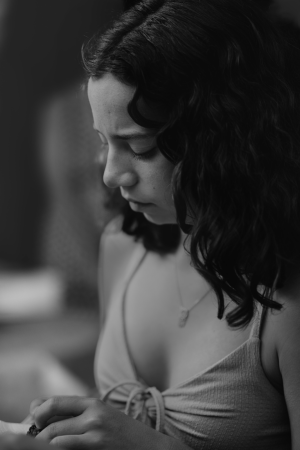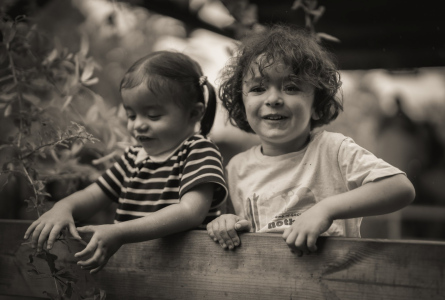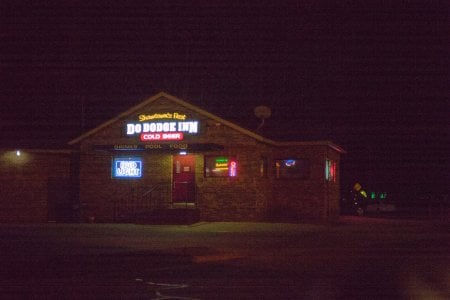A
AndyCapp
Guest
Evergreen, thank you for your thorough report on the technological development that has made possible the fantastic sports and wildlife photos we see in the media. Thanks to Sony, a new era started with the evolution of autofocus.This is pretty much my view. I welcome innovation in sensor technology, image stabilization and lens design. Most photographers do not need anything faster than ƒ/1.4. Many can do more than well enough with ƒ/2 or ƒ/2.8. Fast lenses were originally a way to provide photographers more shooting opportunities when film speeds were much slower than what we have today. The first Kodachrome had a blistering ISO of 10. Sensor technology has gotten good enough so that fast lenses are not necessary for most of the lighting conditions a person will find themself in. The halcyon years of Kodachrome were captured at ISO 64. Now sensor manufacturers are touting the ability to go down to ISO 64 as innovation in order to maximize dynamic range. The conditions which generated the need for super speed lenses have long since passed. Not to mention that, at many useful portrait distances, shooting at ƒ/1.4 won't get you enough of a person's face in focus for a typical portrait. Shooting spontaneous action wide open can be difficult if you care about getting things in focus, so that limits their utility for street photography.
However, new advancements in autofocus technology which automatically track objects can make it easier to nail focus on moving subjects at wide apertures. Old super speed lens designs performed poorly wide open and were only there for emergency uses when the softness was an acceptable compromise for getting the picture at all. Now many new lenses are far sharper wide open than those older lenses were stopped down. Many photographers who have more money than talent will shoot boring, repetitive pictures of background blur but you also have creative photographers who gain access to the same tools and make breathtaking work. While we've seen a real decline in varieties of film and darkroom papers available and seen some of the finer film equipment slip back out of the realm of affordability, digital imaging technology offers us an embarrassment of riches. It's up to us to pick up the tools and bend them to our visions, or to use their unique properties to see the world in unique ways.
So while most photographers do not need anything faster than ƒ/1.4, I'm still grateful that faster lenses than that exist. As Frederich Hayek said, "The freedom that will be used by only one man in a million may be more important to society and more beneficial to the majority than any freedom that we all use."
You have a fast-moving subject you want to isolate from the background, like a freestyle swimmer. With the Sony A1's 30 frames/sec of 50MB images and stellar autofocus (or A9III, or eq. Canikon), you get shots with enough pixels to crop if needed. Others are coming along.
It is silly to say, "Nobody needs a fast lens."
Nobody needs a racing car, a private airplane, or a Gucci bag, either. But I am not to judge them or their choices.
The 50mm f/1.2 GM wide open is impressive.

Attachments
Last edited by a moderator:



